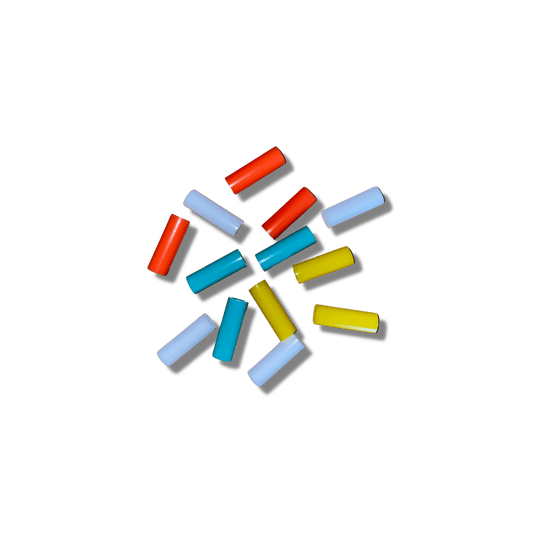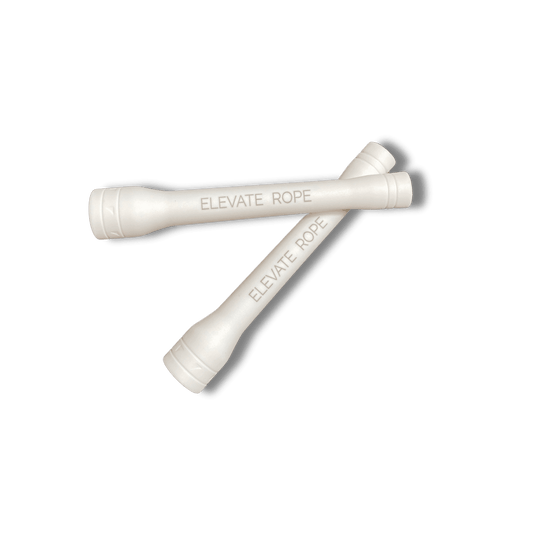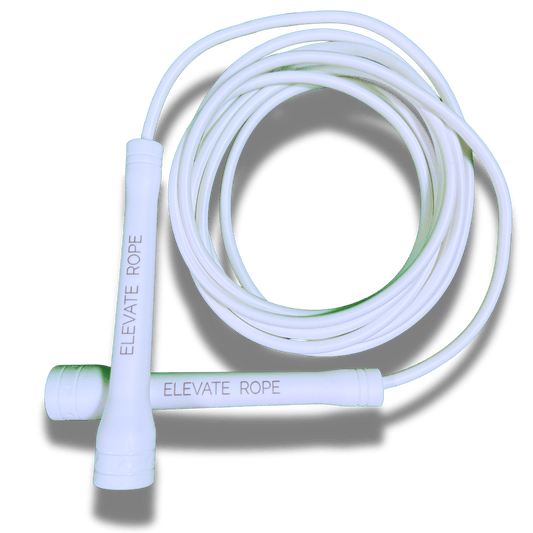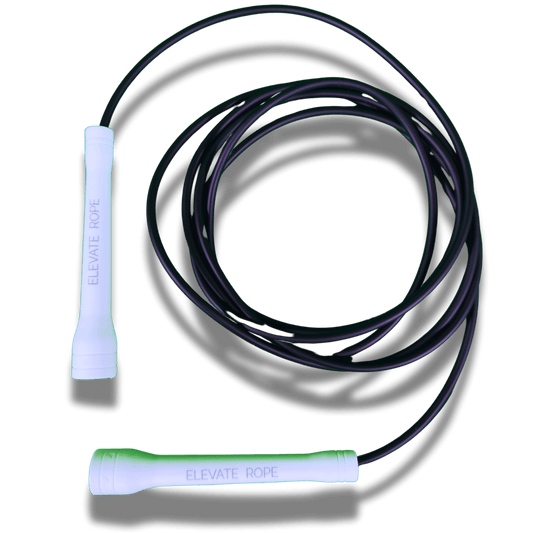Duplicate procedure pages often appear harmless, but can quietly damage visibility and trust. When search engines detect multiple versions of similar pages, they struggle to decide which deserves authority. The result is weaker rankings and lost organic traffic.
Plastic surgeons who expand their sites with duplicate or templated content unknowingly divide their SEO strength. Search engines see repetition as confusion, not expertise. Over time, this issue leads to suppressed rankings, diluted link equity, and decreased patient engagement, even when the content was created with good intentions.
Why Duplicate Procedure Pages Exist in the First Place
Duplicate content frequently arises from convenience or automation. Many clinics copy the same rhinoplasty or liposuction descriptions for multiple city pages, assuming it helps with local SEO. Unfortunately, this creates overlap that search engines interpret as repetition.
Instead of reinforcing authority, duplicated sections fragment ranking power. Each page competes against others on the same site, lowering the visibility of all. True optimization requires unique, value-rich content tailored to each service page.

How Duplicate Content Impacts Plastic Surgeon SEO
Duplicate procedure pages weaken search visibility by creating confusion instead of clarity. Search engines prioritize unique expertise, so when similar content appears across multiple URLs, it signals inconsistency, not authority, even if the intent was helpful. This fragmentation dilutes ranking signals and undermines trust.
For clinics aiming to improve plastic surgery SEO, the solution lies in building one distinct, well-optimized page per service. Use original language, localized visuals, and personalized explanations that reflect your practice’s strengths. This approach aligns with search intent, reinforces domain credibility, and helps each page earn stronger visibility, engagement, and long-term patient trust.
How Search Engines React to Duplicate Procedure Pages
When search engines encounter identical or near-identical content, they filter results to avoid redundancy. This means only one version, sometimes not the intended one, will appear in search results. The others lose visibility altogether.
Such filtering prevents both pages from earning consistent authority or trust. Over time, rankings drop because the site sends mixed signals about which version holds priority, weakening overall SEO performance.
What Duplicate Pages Do to Your Ranking Signals
Ranking signals like relevance, click-through rates, and backlinks depend on originality. Duplicate pages divide these metrics across multiple URLs, diminishing their collective power. Each version receives only part of the attention it could have earned alone.
This fragmentation weakens topical strength and confuses algorithms. When search engines cannot identify a clear primary page, they hesitate to reward any of them fully, reducing both visibility and conversions.
What Common Mistakes Lead to Content Duplication
Duplication often begins with well-meaning attempts to scale content quickly. Clinics may reuse descriptions, surgeon bios, or FAQs across different service or city pages to save time. Even minor repetition accumulates, confusing both crawlers and users.
Other duplication stems from outdated URLs left active after redesigns. The fix involves removing redundant pages, rewriting reused sections, and ensuring all outdated links redirect to current, optimized versions.
Why Canonical Tags and Redirects Matter
Canonical tags tell search engines which version of a page should be treated as the primary source when similar content exists. Without them, ranking signals like backlinks and relevance may be split across duplicates, weakening each page’s authority and visibility.
Redirects play a complementary role by guiding crawlers from outdated or duplicate URLs to the preferred destination. Together, canonical tags and redirects consolidate SEO equity, prevent internal competition, and ensure a clean, crawlable site structure that supports long-term ranking stability.
How to Fix Duplicate Procedure Pages Effectively
Start by identifying where duplication exists. Use auditing tools like Screaming Frog, Ahrefs, or Google Search Console to flag overlapping meta descriptions, headings, and body content. Once detected, assess whether to merge, rewrite, or redirect each page based on its value and intent.
Focus on originality and clarity over quantity. A lean set of well-structured, uniquely written service pages will outperform a bloated site with repetitive content. This approach strengthens topical relevance, improves crawl efficiency, and builds patient trust through authentic, intent-matched messaging.
When Content Templates Create More Harm Than Help
Content templates simplify site management but can unintentionally generate duplication across multiple procedures or location pages. Uniform formatting, repeated headings, and identical descriptions lead algorithms to treat pages as clones. Here’s how different template elements contribute to that problem:
Repeated Structural Blocks
Templates often replicate headings, introductions, and metadata across all procedure pages. This uniformity eliminates differentiation, making it difficult for search engines to recognize each page’s individual relevance or expertise.
Identical Before-and-After Descriptions
Using the same before-and-after text for multiple locations erases originality. Algorithms interpret this repetition as low-quality content, which limits ranking potential and undermines authenticity.
Overused FAQs or Testimonials
Copying FAQs or testimonials throughout the site signals redundancy. Search engines prefer content variation tied to specific treatments or patient experiences rather than repeated generic statements.

Why Removing Duplicates Improves Patient Trust
Unique pages communicate care, expertise, and professionalism. When every page feels thoughtfully written, patients sense attention to detail and authenticity. Duplicated content, on the other hand, suggests automation and undermines confidence.
Search engines align with this perception, rewarding distinct, high-value pages. Removing duplicates enhances both online visibility and patient trust, turning content precision into long-term SEO strength.
Frequently Asked Questions
How can duplicate pages be identified on a plastic surgery site?
Use auditing tools like Screaming Frog, Ahrefs, or Google Search Console to detect overlapping metadata, headings, or text. Reviewing these results reveals where content has been duplicated across service pages.
What’s the best way to resolve duplicate procedure content?
Merge repetitive pages into a single, comprehensive version, then apply 301 redirects from duplicates to the primary page. This consolidates ranking signals and strengthens overall SEO performance.
Can rewriting old duplicate content improve rankings?
Yes. Rewriting introduces unique phrasing and depth. Search engines reward originality, which helps the page regain lost authority and improves user engagement metrics.
Are location-based service pages considered duplicates?
They can be if only city names differ. To avoid this, include local patient details, surgeon expertise, and distinct visuals to create genuinely unique content for each region.
Enjoy this Article? You May Also Like:
- The Connection Between Teeth Care and Self-Confidence
- How to Safely Resume Exercise After Plastic Surgery
- Online Deals and Coupon Codes for Popular Retail Purchases
- Outdoor Micro-Gyms That Turn Hotel Guests Into Regulars
- Pre-Workout Nutrition: What to Eat Before a Workout














